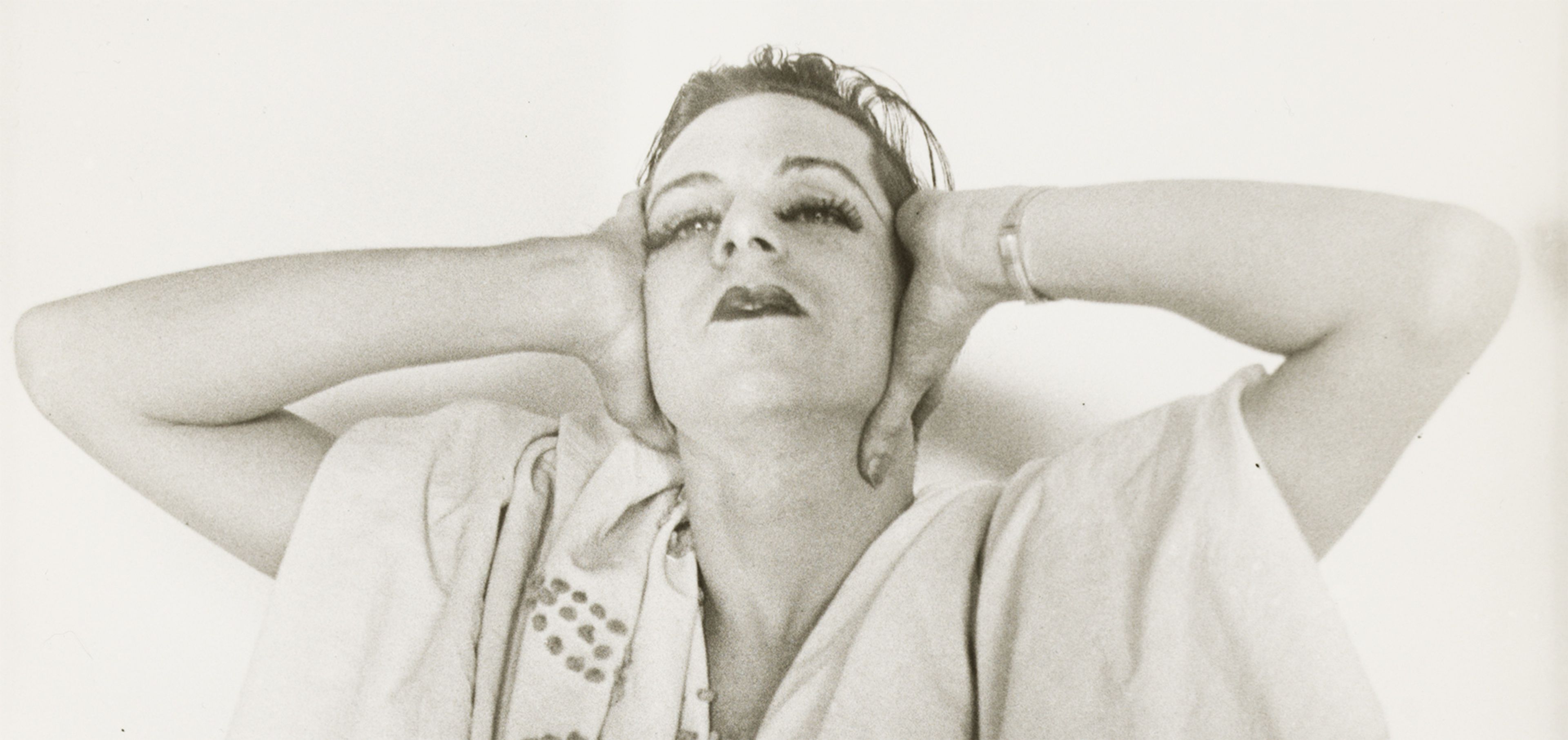On New York’s radical queer art scene
June 26, 2020
These past weeks, we’ve been trying to come up with thoughtful ways of staying in touch with everyone—our artists as well as art lovers all around the world. We’ve ramped up our podcast schedule, and now we’ll be sharing some of our favorite titles from David Zwirner Books with you in a new way. Every week our newsletter will introduce a book that we will excerpt—at great length, often in full—on our website. To be updated on upcoming book excerpts and other news, sign up to our newsletter here and follow us @davidzwirner.
We hope you enjoy. And, as Rainer Maria Rilke once said, "Live for a while in these books."
* * *
Accompanying the exhibition curated by Jarrett Earnest at David Zwirner, New York, in 2019, The Young and Evil tells the story of a group of artists and writers active during the first half of the twentieth century, when homosexuality was as problematic for American culture as figuration was for modernist painting. These artists—including Paul Cadmus, Fidelma Cadmus Kirstein, Charles Henri Ford, Jared French, Margaret Hoening French, George Platt Lynes, Bernard Perlin, Pavel Tchelitchew, George Tooker, Alexander Jensen Yow, and their circle—were new social creatures, playfully and boldly homosexual at a time when it was both criminalized and pathologized. They pursued a modernism of the body—driven by eroticism and bounded by intimacy, forming a hothouse world within a world that doesn’t nicely fit any subsequent narrative of modern American art. In their work, they looked away from abstraction toward older sources and models—classical and archaic forms of figuration and Renaissance techniques. What might be seen as a reactionary aesthetic maneuver was made in the service of radical content—endeavoring to depict their own lives. Their little-known history is presented here through never- before-exhibited photographs, sculptures, drawings, ephemera, and rarely seen major paintings—offering the first view of its kind into their interwoven intellectual, artistic, and personal lives.

Michael Schreiber: How were you first introduced to this extraordinary circle? Alexander Jensen Yow: When I was in the navy, I went to the Art Institute of Chicago, and there I saw Paul Cadmus’s beautiful painting of the ballet dancers. That was where I first saw Paul’s work, though I may have seen it in Life magazine or something like that too. But that picture of the ballet dancers was very familiar to me. And then I met Paul Cadmus through mutual friends of mine, Bill Harris and Jack Fontan. That gave me a start. I probably met Paul at his apartment in New York, but then I met him again on Fire Island. He was living in Lincoln’s house on Fire Island and invited Bill, Jack, and me out for the weekend. So we went out there and had a nice time. Then I saw him when I came back to New York. Paul was living on that square in the Village, you know? St. Luke’s Place.
Read “Intimate Companion’’, a conversation between Michael Schreiber and artist Alexander Jensen Yow on New York’s radical queer art scene from the 1930s to the 1950s.
Image: Charles Henri Ford, Parker Tyler in Drag, c. 1940-1943
